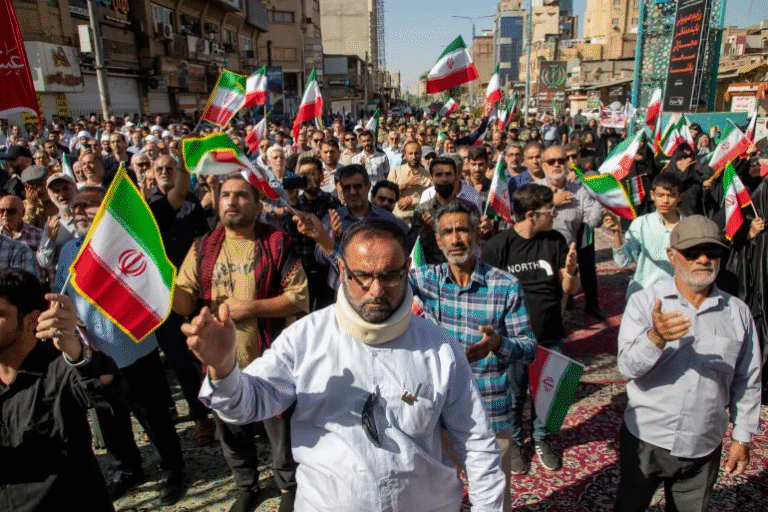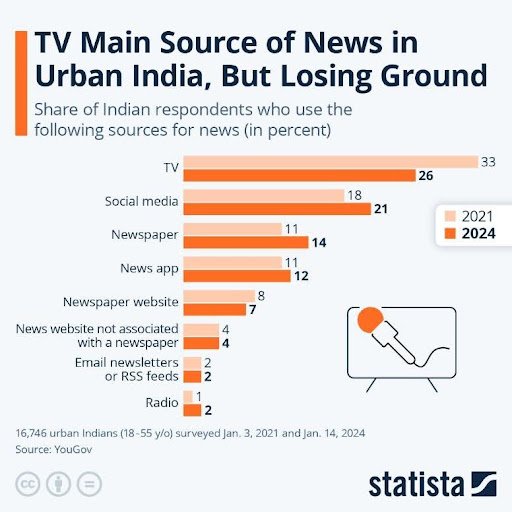
India’s defence strategy presents a comprehensive and evolving security outlook that integrates political, economic, technological, and military dimensions. It emphasises that national security is not an end in itself, but a means to ensure inclusive and uninterrupted socio-economic development. To effectively address traditional threats from China and Pakistan, internal insurgencies, and emerging challenges such as cyberterrorism and hybrid warfare. India’s approach must adapt continuously across land, sea, air, space and cyber domains.
Core tenants
The principles of India’s constitution: sovereignty, unity, democratic governance, and strategic self-reliance, form the foundation of its defence strategy. The National Military Objectives (NMO) include deterring conflicts, preserving territorial integrity, supporting internal security, providing humanitarian assistance, participating in peacekeeping operations, and achieving indigenisation in defence manufacturing by 2035. These objectives are aligned with India’s operational principles through its evolving military doctrine.
India’s early non-aligned foreign policy sought to preserve sovereignty in a bipolar world. However, its limitations became apparent during major conflicts such as the 1962 war with China, as well as the 1965 and 1971 wars with Pakistan. These experiences gave rise to a more pragmatic approach known as “strategic autonomy,” which balances between autonomous decision-making with active engagement through multi-alignment. India now collaborates with International organisations like QUAD, BRICS, SCO, and RIC to diversify trade and defence partnerships while maintaining sovereign decision-making.

India’s nuclear doctrine
India’s nuclear doctrine rests on three core pillars: a commitment to non-proliferation, Credible Minimum Deterrence (CMD), and No First Use (NFU) policy. CMD entails maintaining a minimal but effective nuclear arsenal with assured second-strike capabilities, while NFU asserts that India will only employ nuclear weapons in retaliation for a nuclear attack.. These policies evolved as a result of national security concerns, particularly following the 1962 Sino-Indian War and China’s emergence as a nuclear power.
Legal and institutional architecture
The Indian Constitution grants the Union Government exclusive authority over all national defence matters, including military and foreign policy. In times of emergency, the Defence of India Act, 1962, empowers the state with extraordinary provisions to facilitate swift mobilisation. India’s defence framework is supported by key institutions like the Ministry of Defence (MoD), which oversees defence production and research; the National Security Council (NSC), established in 1998, which advises on national security policy; and the Integrated Defence Staff (IDS) established under the Chief of Defence Staff (CDS) in 2019 to enable joint tri-service operations.
The Defence Research and Development Organisation (DRDO) fosters technological independence through the development of platforms like the Tejas aircraft and the Agni missile series. Intelligence agencies such as RAW, IB, DIA, and NIA collectively safeguard national security. Their coordination and operational capacity improved significantly following the post-Kargil reforms.

Historical Trajectories
The 1962 Sino-Indian War served as a turning point in India’s defence posture, exposing the limitations of idealistic non-alignment and highlighting critical gaps in strategic foresight, intelligence, and preparedness. This conflict spurred increased defence spending, modernisation, and ultimately the adoption of nuclear deterrence. The 1965 Indo-Pak war led to the establishment of the Research and Analysis Wing (RAW) after notable intelligence failures. The 1971 Bangladesh Liberation War showcased India’s capacity for multifront operations and solidified its offensive defence doctrine. The 1999 Kargil War further accentuated deficiencies in equipment and intelligence, prompting the creation of the Defence Intelligence Agency (DIA) and the National Technical Research Organisation (NTRO), as well as investments in high-altitude warfare capabilities and reaffirmation of territorial integrity.
Addressing contemporary threats
India faces an increasingly complex “3.5-front war” scenario due to internal conflicts and external threats from China, Pakistan, and Bangladesh. Its evolving defence strategy prioritises strong border security, a decisive stance against terrorism (e.g., Operation Sindoor), and growing emphasis on emerging challenges such as drone threats, illegal immigration, and information warfare. Cyberspace has formally emerged as the fifth domain of warfare.
In maritime strategy, India has moved beyond its former “sea-blindness” to adopt a dual-front naval posture. In the west, Operation Sankalp protects energy corridors and reinforces partnerships with Oman (Duqm), Mauritius, Seychelles, and Madagascar. In the east, India projects power via the Andaman Command and strategic alliances with ASEAN and Quad allies. Through logistics agreements, the Malabar exercises, and bases in Singapore, Vietnam, and Indonesia (Sabang), this “double fish hook” strategy counters China’s “String of Pearls.”. With assets like INS Vikrant, INS Vikramaditya, advanced submarines, and the IFC-IOR, India asserts its role as a regional maritime leader.
Budget and modernisation gaps
India’s defence budget for FY 2025–26 stands at USD 77.4 billion (9.5% rise), ranking fifth globally. However, only 1.9% of GDP is allocated to defence, marking a gradual decline over time. Nearly half of the budget goes to salaries and operations, while just 26% is allocated to capital outlay, thereby slowing modernisation. The Indian Air Force remains understrength, and the Army continues to rely on outdated equipment.
Despite a target of 75% domestic procurement, the DRDO receives less than 4% of the total allocation. India remains the world’s second-largest arms importer. China’s growing investments and technological lead highlight the urgent need for structural reforms, private sector integration, and stronger research and development in India’s defence ecosystem.

Bilateral and multilateral cooperation
India’s strategy of multi-alignment is reflected through strong defence partnerships with major global powers. With the U.S., key agreements such as LEMOA (2016), COMCASA (2018), and BECA (2020) enable military logistics, secure communications, and real-time data sharing. India engages in more bilateral military exercises with the U.S. than any other non-NATO country, including key operations such as Malabar, Yudh Abhyas, and Tiger Triumph.
Russia and India’s long-standing defence cooperation encompasses licensed production of tanks and aircraft, acquisition of S-400 air defence systems, and the co-development of BrahMos missiles. Additionally, France and the UK supply Rafale-M jets, Scorpene-class submarines, and collaborate in exercises like Ex Shakti and Konkan.
India reinforces regional stability through its Neighbourhood First Policy and sustained engagement with ASEAN, SAARC, SCO, and United Nations peacekeeping operations.
Conclusion
Rooted in past experiences, constitutional values, and strategic foresight, India’s defence strategy has evolved from post-independence idealism to pragmatic realism. With sovereignty and socio-economic development as top priorities, it tries to balance internal security with external threats.
To sustain this trajectory, India must strengthen its research and development capabilities, reallocate resources towards modernisation, deepen diplomatic partnerships, and reduce import dependency through indigenisation. A flexible, multi-domain defence posture is vital for India’s emergence as a global strategic power amid an increasingly volatile geopolitical landscape.
Written by – Diya Mukherjee
Edited by – Debashrita Mazumder
The post India’s Defence Strategy: An Evolving National Security Paradigm appeared first on The Economic Transcript.


